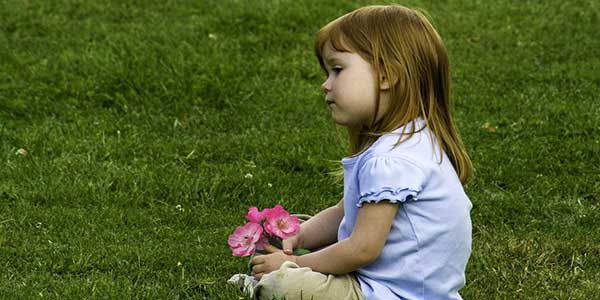 |
A healthy-looking lawn does wonders for your property. Not only does it make your house stand out on your block, but it can also provide flood control, dissipate suburban heat, reduce fire hazards and if you’re trying to sell, definitely gives your home some curb appeal. Lawn care is big business, too. In 2015 alone, U.S. households spent almost $16 billion on lawn care and gardening services, which includes supplies, equipment, and lawn and landscaping services. Clearly, we spend lots of money to have great-looking lawns and landscaping, but could all the pesticides, fertilizer, and growth and greening additives we use be harming the environment, too?
It’s easy to go overboard with all the products when trying to keep a nice-looking lawn. However, you can still have green, thick grass, along with healthy trees, shrubs, and a garden, and fewer or no weeds if you follow these steps to creating an eco-friendly lawn. |
1. Keep Your Lawn Green Without Chemicals
Paul Tukey writing for Popular Mechanics suggests some ways to mow your lawn that will keep it green, including keeping the mower’s blades sharp, using a push or electric mower to cut back on pollution, and leaving clippings on the lawn to create a natural fertilizer. He also suggests using compost as a natural, root-level fertilizer for lawns, gardens, shrubbery, and trees. |
2. Water Wisely
While an oscillating or spinning sprinkler is a symbol of summer lawn care, both of those can waste a lot of water if you don’t monitor their use. Another option for watering is using low-pressure drip irrigation, where nozzles are placed at the base of plants, trees, or shrubs and water is applied slowly. This method can lower your water use. While a drip irrigation system might initially be expensive, it does reduce water usage and energy costs and improves seed germination. Regardless of whether you use drip irrigation, a sprinkler, or hand-watering, the key to using any type of system to water your lawn or your garden is to soak the ground to the depth of the roots.
|
3. Use Our Friends, The Bugs
Why spray your garden and foliage with aphid and other control products when nature provides its very own: bugs! Goodhousekeeping.com lists several species that can keep your greenery free of damaging pests, such as aphids, caterpillars, and Japanese beetles. These natural pest killers include ladybugs, ground beetles, soldier beetles, and tachinid flies. Many of these same bugs also help keep lawns free of pests, too.
|
4. Consider Using Plants As Ground Cover Instead of Grass
Unless your home is on several acres of land and there’s nothing but a wide stretch of lawn between the street and your front porch, consider using plant life as ground cover instead of grass. You can use flower and shrub beds, clover (just don’t step on the bees), or even several varieties of moss. Many of these and others, especially the mosses, grow easily in the shade, are easier to water (which is where the drip irrigation system can work better), and you won’t have to drag out the lawnmower every weekend. However, the ground cover does invite a number of unwanted pests and will have to be weeded frequently before fully grown. But once your insect friends make their home in it and you keep weeds from becoming a problem naturally with compost and organic mulch, ground cover will make your whole front yard look like a garden.
It doesn’t take a lot of chemicals to have a nice-looking lawn, just sensible use of mowing and organic fertilizer, the wise use of water, putting nature’s pest controllers to work, and using alternatives to grass. So, get out your gardening tools, pull on your gloves, and go play in the dirt to create an eco-friendly lawn you’ll be proud to call yours.
Photo Credit: Pixabay.com
|